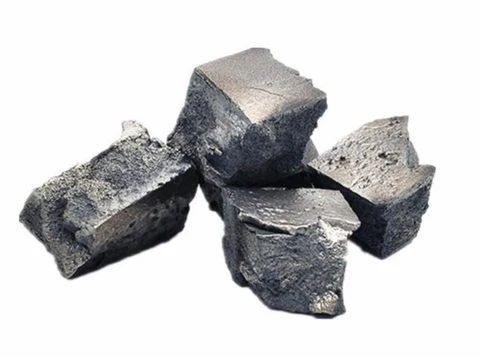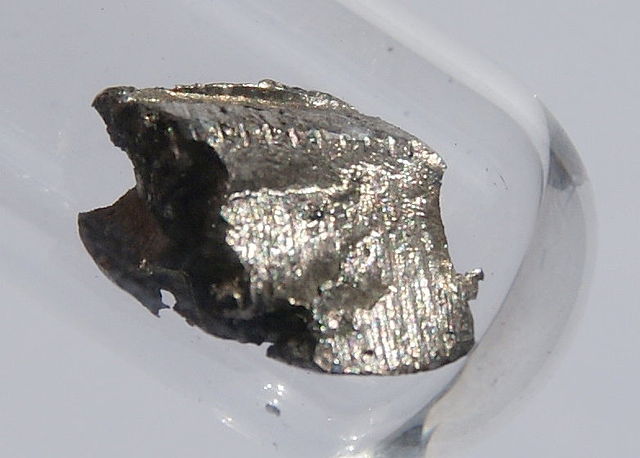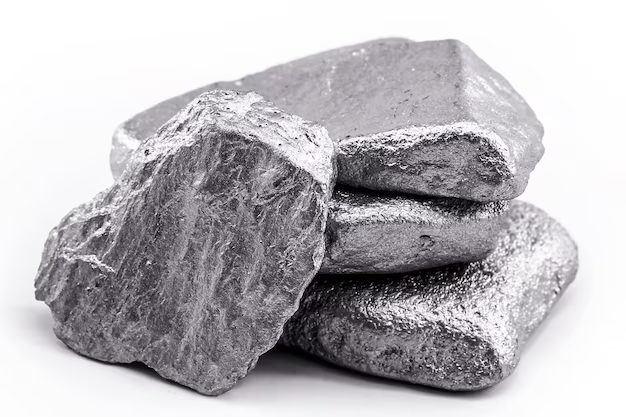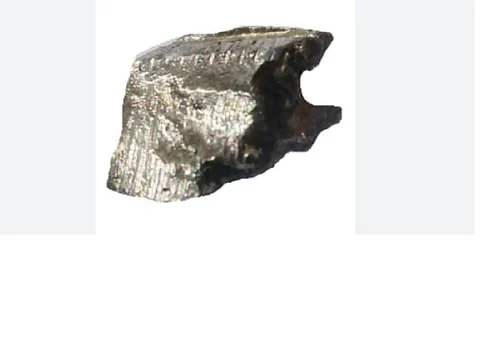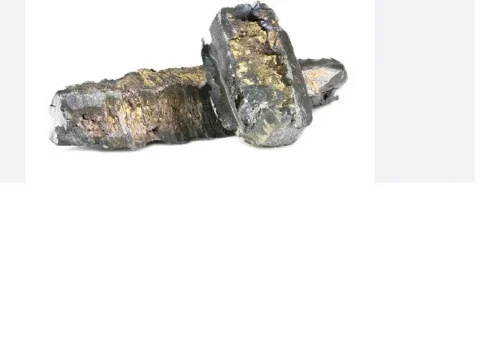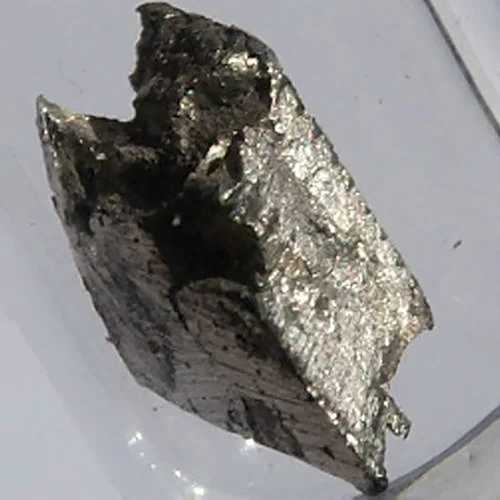Description
Cerium, a member of the lanthanide series in the periodic table, is a silvery-white metal that has garnered significant interest for its diverse applications and unique properties. With the atomic number 58, cerium is the most abundant rare earth element, making up about 0.0046% of the Earth’s crust. It was first discovered in 1803 by the Swedish chemist Jöns Jakob Berzelius and the Swedish mineralogist Wilhelm Hisinger, who identified it in the mineral cerite. Cerium’s electronic structure allows it to easily interchange between two oxidation states, Ce(III) and Ce(IV), which grants it valuable redox properties that are exploited in various chemical processes.
One of the most notable applications of cerium is in the production of catalysts for automotive catalytic converters, where it helps in the conversion of harmful exhaust gases into less toxic emissions. Additionally, cerium oxide nanoparticles are widely used in polishing agents for glass and ceramics, owing to their abrasive properties and ability to provide a high level of refinement. Beyond these industrial uses, cerium compounds have also found a place in the realm of renewable energy, particularly in the development of solid oxide fuel cells, where cerium oxide can improve ion conductivity and enhance overall efficiency.
Furthermore, cerium has shown promise in the field of nanotechnology and materials science, with ongoing research exploring its potential in creating advanced materials for electronics and medical applications. Its ability to act as an antioxidant has even drawn interest in the biochemical field, as cerium-based compounds are being studied for their potential therapeutic effects. As research continues to unveil the versatility of cerium, it stands out as a key element in the ongoing quest for sustainable and efficient technologies in various industries.
